Spaghetti Structures activity – Science Museum Group Learning
Engineers put pure scientific knowledge into practice – but their jobs often involve practical testing, problem-solving and teamwork too.
This activity calls all of these skills into action, to help build a tall, strong tower using spaghetti and marshmallows.
Mục Lục
Printable downloads

SMG Learning Activities – Spaghetti Structures
pdf document, 394 KB
Download
Follow these steps…
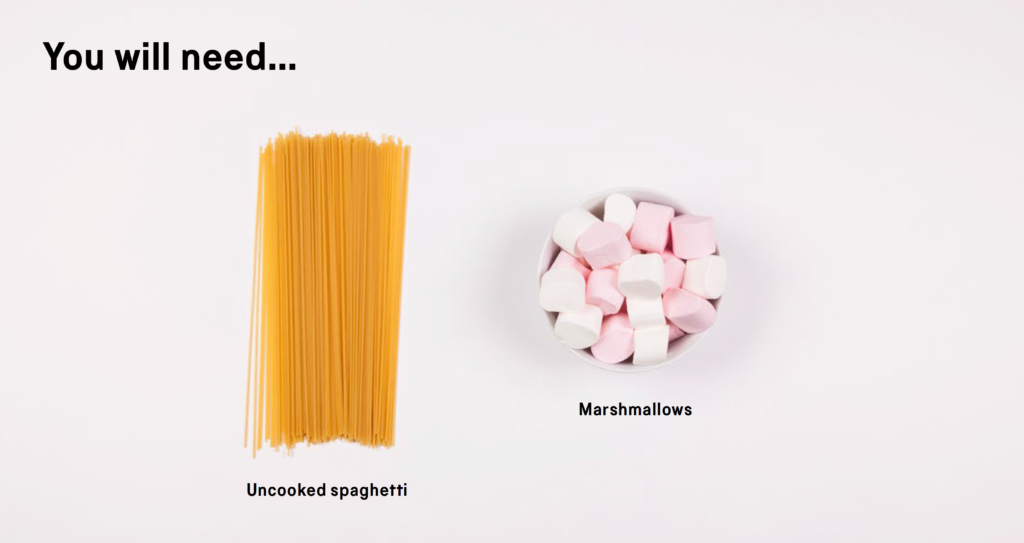
Note
This activity can get messy. Have some cleaning materials and black bin bags available for clearing up afterwards.
-
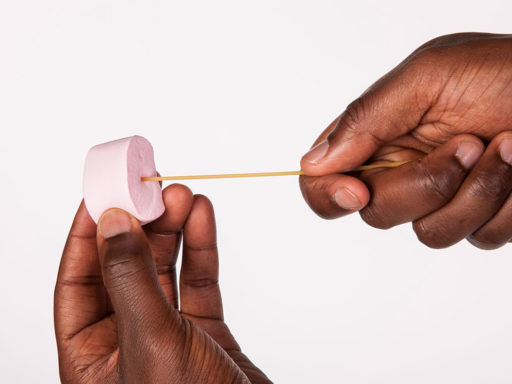
Start building your structure by pushing a piece of spaghetti deep inside a marshmallow.
-
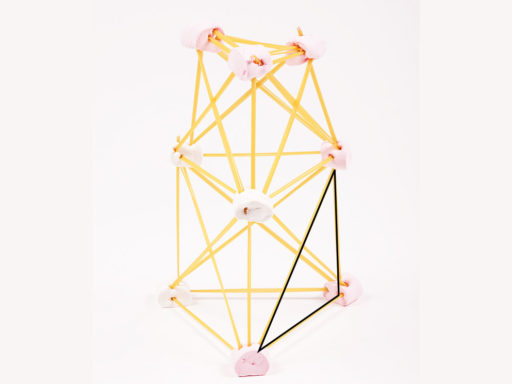
Keep adding spaghetti and marshmallows to build a structure however you want. But remember that triangle shapes are very strong.
-
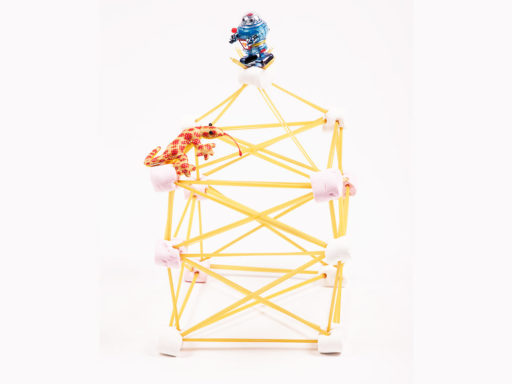
Test your structure’s strength by balancing objects on top of it.
-
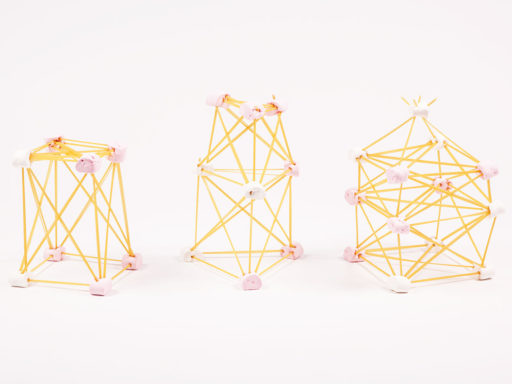
Try making structures that have different shapes, and see which one is strongest.
Think and talk about…
- What shapes can you identify in your tower?
- What challenges did you have while you were building your tower?
- What do you think engineers have to consider when they are building structures?
Investigate…
- Can you make a strong tower using only right angles between your pieces of spaghetti?
- Try to make your tower stronger by adding or replacing parts with different materials.
- See if you can make a bridge across a gap with the spaghetti and marshmallows.
Did you know?
The tallest tower in Britain is the radio mast at the Skelton transmitting station in Cumbria. It stands 365 metres high – the same as a tower of 78 double-decker buses.
What’s the science?
One piece of spaghetti is not very strong. But if you use lots of pieces you can build a strong, tall tower. Each piece takes a little of the weight – of the tower and of whatever you place on top.
The weight is the result of gravity, which pulls everything vertically downwards. That’s why it’s important to ensure that the tower doesn’t lean too much – and that’s also why towers are normally thick at the base and thinner at the top.
Science in your world
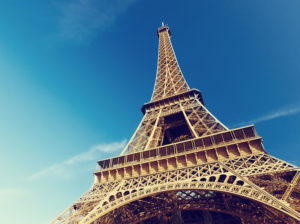 Electricity pylons, church spires and structures such as the Eiffel Tower are all wider at the bottom than they are at the top to make them stable. Radio masts are among the tallest towers,
Electricity pylons, church spires and structures such as the Eiffel Tower are all wider at the bottom than they are at the top to make them stable. Radio masts are among the tallest towers,
and although most of them are actually the same width all the way up, they have cables anchored into the ground to stop them toppling over.















![Toni Kroos là ai? [ sự thật về tiểu sử đầy đủ Toni Kroos ]](https://evbn.org/wp-content/uploads/New-Project-6635-1671934592.jpg)


